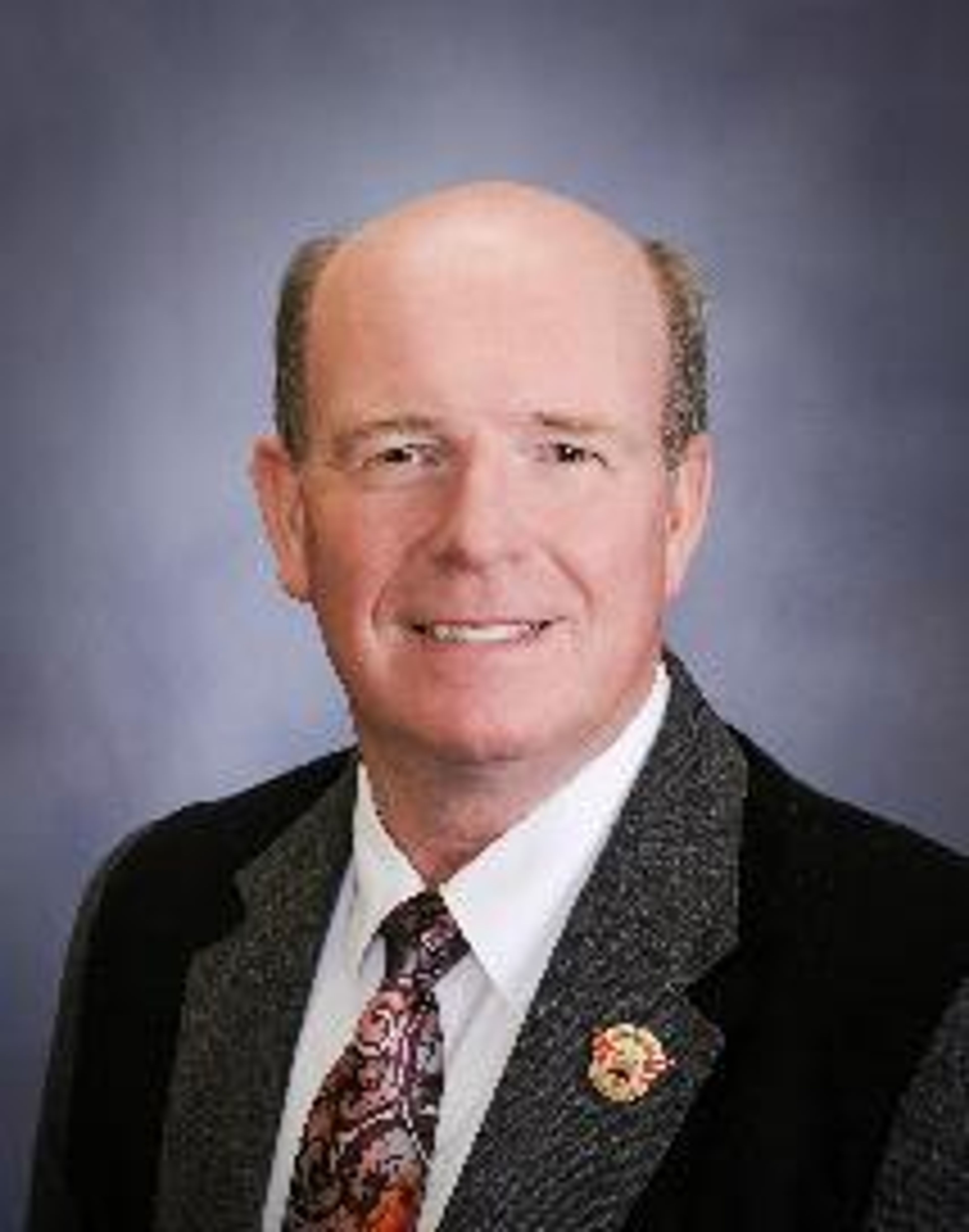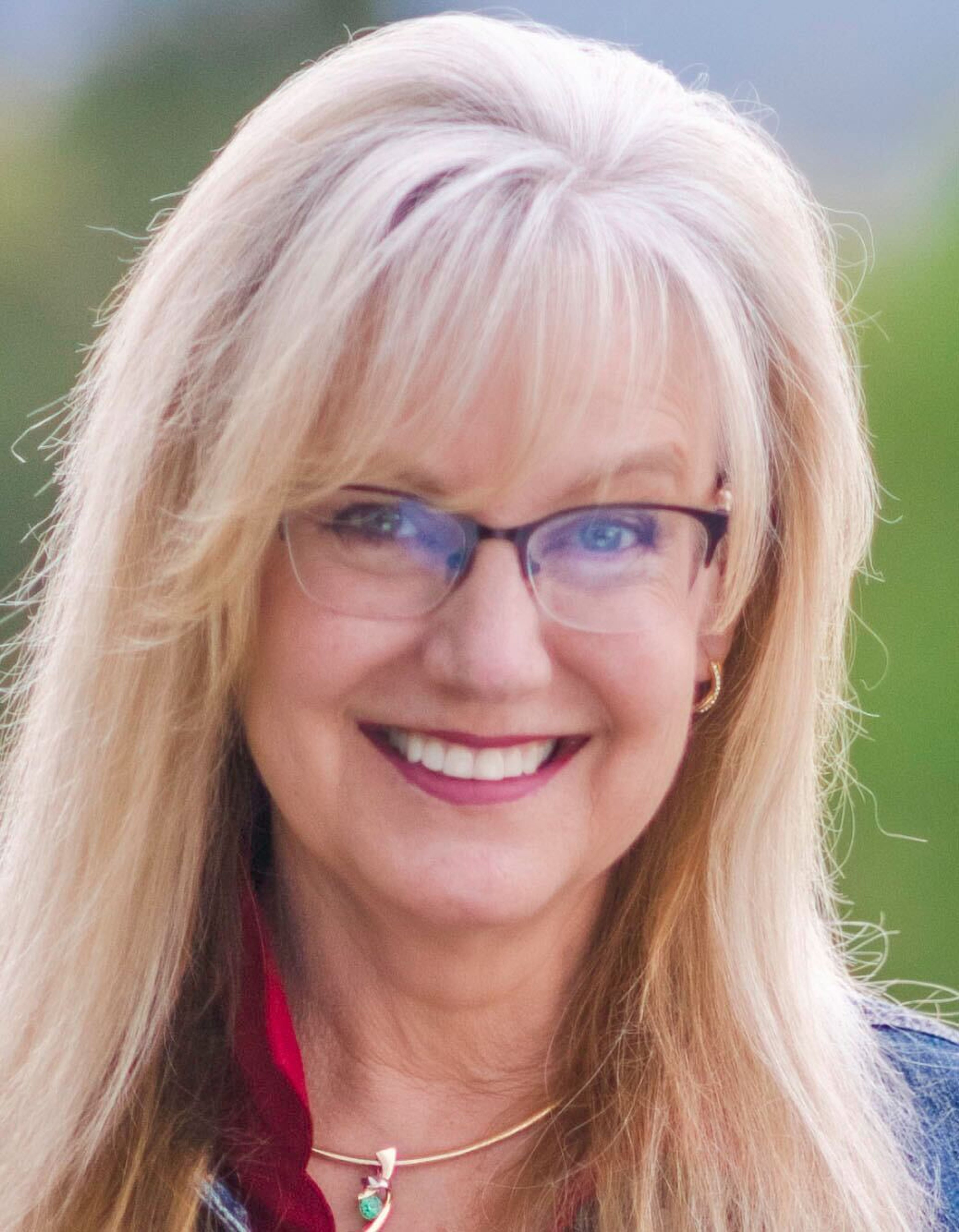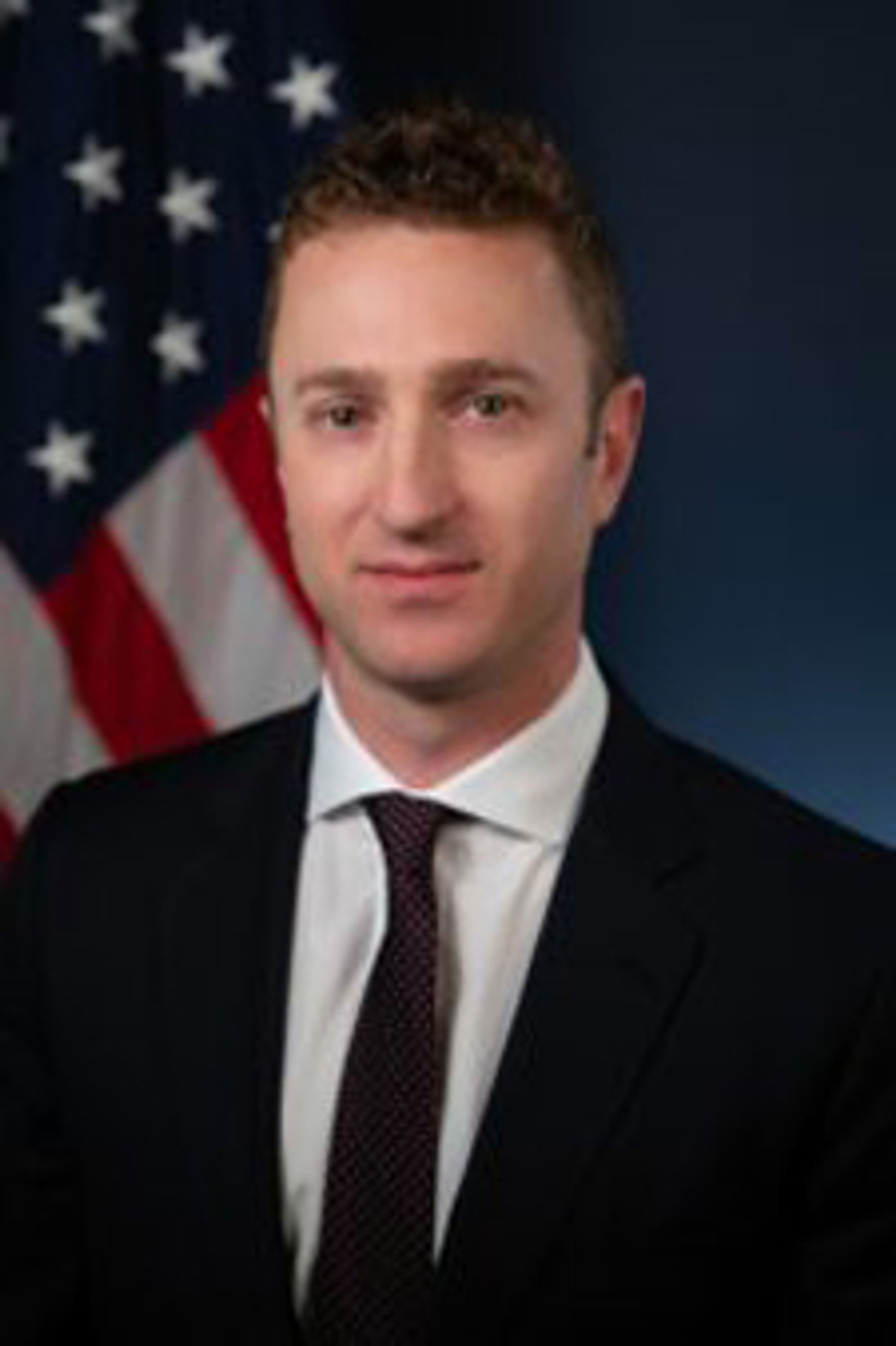In a whole new field
Jon Dixon left a career selling insurance to study wildlife resources at the University of Idaho — and he’s already gotten some real-world experience
Following a wake-up call from COVID-19, Jon Dixon, a senior at the University of Idaho, is finishing off his second degree as a wildlife resources major.
Dixon, now 30, initially studied finance and spent three years after graduating from Utah Valley University working in that profession. However, it wasn’t until COVID-19 that he realized he didn’t want to pursue that anymore.
“I was working at StateFarm and was on track to be an agent,” said Dixon, who lived in Birmingham, Ala., at the time. “I would sell auto insurance, life insurance, and would sit in an office all day.”
After being laid off from his job, he began to take on new hobbies at home that included taking care of chickens, gardening and having a sense of comfort out in nature. With some research, he realized wildlife biology was something he wanted to do.
“I started calling universities that had wildlife resources as a major and came across the University of Idaho,” Dixon said. “I had about an hourlong conversation with Courtney Conway, professor of wildlife sciences, about what they could offer me and how they could help. I was so impressed; I had never had a professor care that much before.”
In association with the amount of support from professors and the engagement given toward his interests, Dixon moved from Alabama to Idaho to attend the University of Idaho.
Since then, Dixon has finished a research project that took place this past spring where he analyzed and observed pygmy rabbits — the smallest rabbit species in North America.
Throughout his research, he would get fecal and tissue samples to withdraw DNA. This would not only help with finding the species and sex, but if researchers come across them again in the future, they already have them in the system. Additionally, this helped him keep his focus on the pygmy rabbits rather than other species.
After observing and making calculations, the pygmy rabbit population, once sitting at 16 individuals, is now estimated at 75. They are considered endangered.
“The Columbia Basin Pygmy Rabbit population is not doing well in the wild right now,” Dixon said. “So it’s rewarding to know that the genetic data I was able to provide to population managers will help them make decisions that will help conserve the species.”
Although it was a challenging research project, Dixon thought of it as a good overview of what he would be doing in this field. With a background in finance and being used to tedious work, cleaning and collecting data wasn’t too difficult for Dixon in that sense.
This research project confirmed to Dixon that such work is as cool as it sounds, and he encourages other students to do internships within their field while they’re still finishing up their degree rather than after.
“It’s one thing to spend four years in a classroom and another spending your life in that field,” Dixon said.
Dixon is thankful for his wife and two kids, but also for Courtney Conway, professor in wildlife sciences; Lisette Waits, distinguished professor in wildlife resources; and Stacey Nerkowsk, who has been his mentor.
Once he finished his undergraduate degree at the University of Idaho, Dixon hopes to continue and get his master’s and become a state biologist.
Carrillo-Casas may be contacted at mcarrillo@dnews.com.






